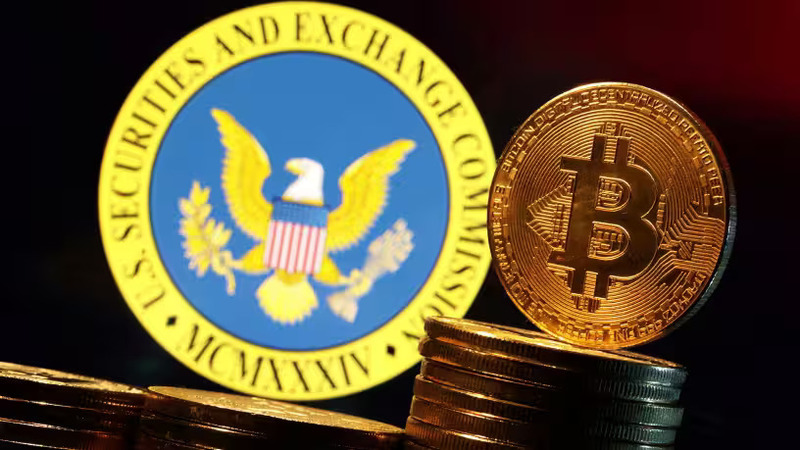In the ever-volatile world of crypto, few figures are as outspoken as Peter Schiff, the long-time gold advocate and Bitcoin skeptic. Once again, he’s making headlines—this time by criticizing Michael Saylor, executive chairman of MicroStrategy, for the company’s latest $555 million purchase of Bitcoin.
Schiff didn’t mince words, suggesting that if Saylor even attempted to sell a fraction of his holdings, the market would spiral. Let’s explore the full context behind this fiery exchange and what it reveals about the risks and strategies in Bitcoin investing.
🏦 The $555 Million Bitcoin Buy That Sparked Debate
Earlier this year, MicroStrategy announced another major purchase, adding approximately 9,000 BTC to its balance sheet—bringing its total holdings to over 200,000 Bitcoins. Valued at more than $13 billion, this aggressive accumulation has positioned MicroStrategy as the largest corporate Bitcoin holder in the world.
Saylor’s philosophy remains unchanged: Bitcoin is digital gold, and holding it long-term is a hedge against inflation, currency devaluation, and monetary instability.
However, this bold strategy isn’t sitting well with everyone—especially not Peter Schiff.
📣 Schiff’s Response: “Imagine If You Tried to Sell…”
On social media, Schiff quickly fired back at Saylor’s announcement, sarcastically remarking, “Imagine if you tried to sell.” His message was clear: While buying Bitcoin in large volumes may grab attention and inflate market sentiment, liquidity becomes a serious issue when it’s time to exit.
According to Schiff, the very act of MicroStrategy attempting to sell such a vast amount of BTC could trigger a sharp market correction, leading to losses not only for the company but also for other retail investors who follow Saylor’s example.
This critique underscores a broader fear among skeptics—that Bitcoin’s price is too sensitive to major holders, and lacks the depth required for large institutional liquidation.
📉 Market Reactions and Investor Sentiment
While Schiff’s comments were characteristically harsh, they’ve stirred legitimate concerns. Several analysts agree that MicroStrategy’s concentrated exposure carries high risk, especially in bearish cycles. If Bitcoin’s price were to drop significantly, MicroStrategy’s balance sheet could take a massive hit.
That said, supporters of Saylor argue that he has no intention of selling anytime soon. His long-term conviction and consistent messaging have attracted a loyal following, with many retail and institutional investors viewing him as a visionary in the digital asset space.
🔍 A Clash of Philosophies: Gold vs. Bitcoin
At the heart of this debate is a fundamental clash of ideologies. Schiff sees gold as the ultimate store of value—stable, time-tested, and tangible. Saylor, on the other hand, believes Bitcoin offers the same value proposition with the added benefits of portability, scarcity, and global adoption.
This philosophical divide reflects broader tensions in financial markets today, as traditionalists and tech-driven investors vie for dominance in the evolving definition of “safe haven” assets.
📌 Final Thoughts: High Stakes, High Convictions
Whether you side with Schiff or Saylor, one thing is clear—Bitcoin continues to polarize the financial world. MicroStrategy’s $555 million bet is a bold move that could pay off massively or backfire spectacularly.
As always, investors must weigh conviction against caution, and understand both the potential and the pitfalls of participating in such a volatile and evolving asset class.








